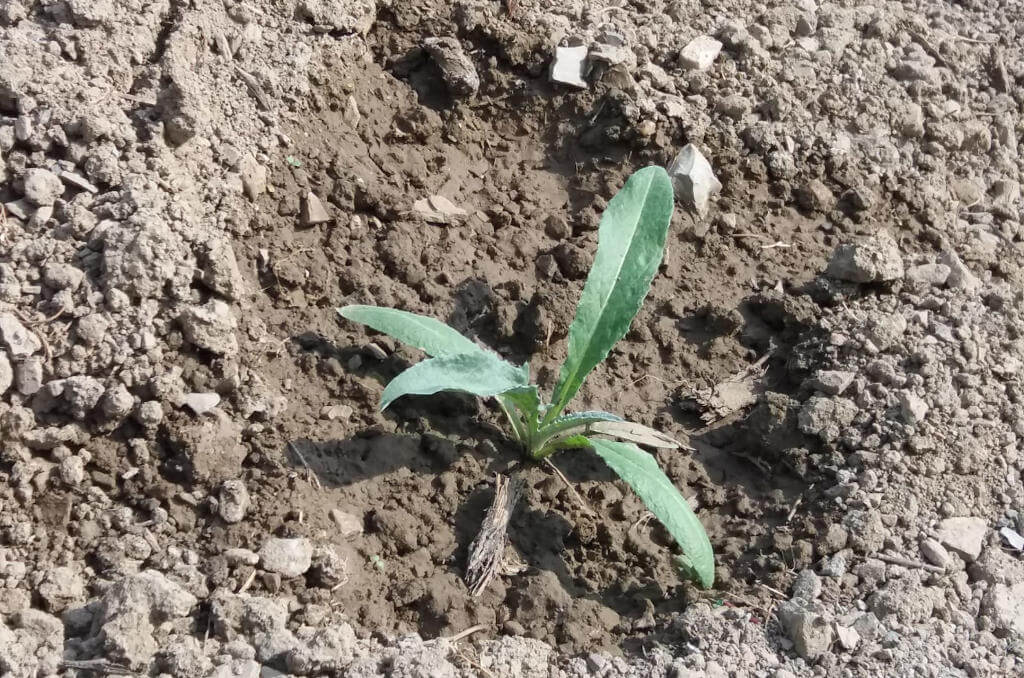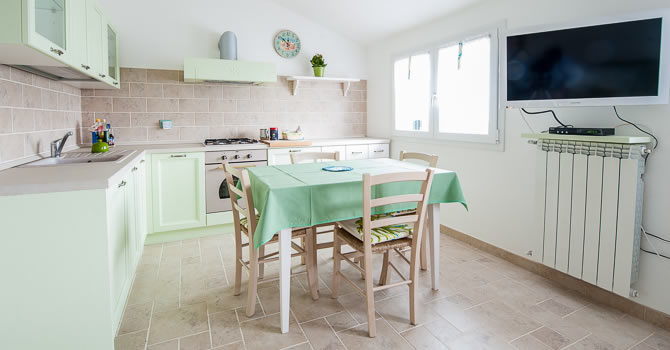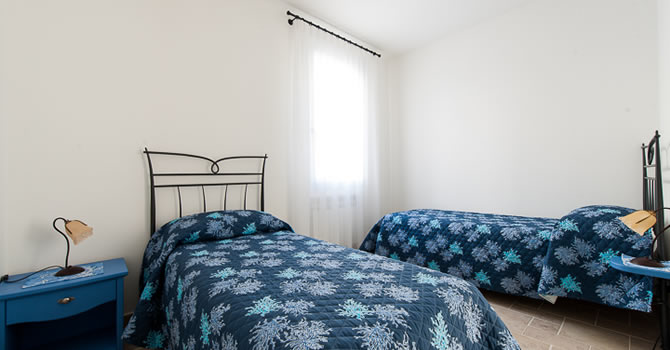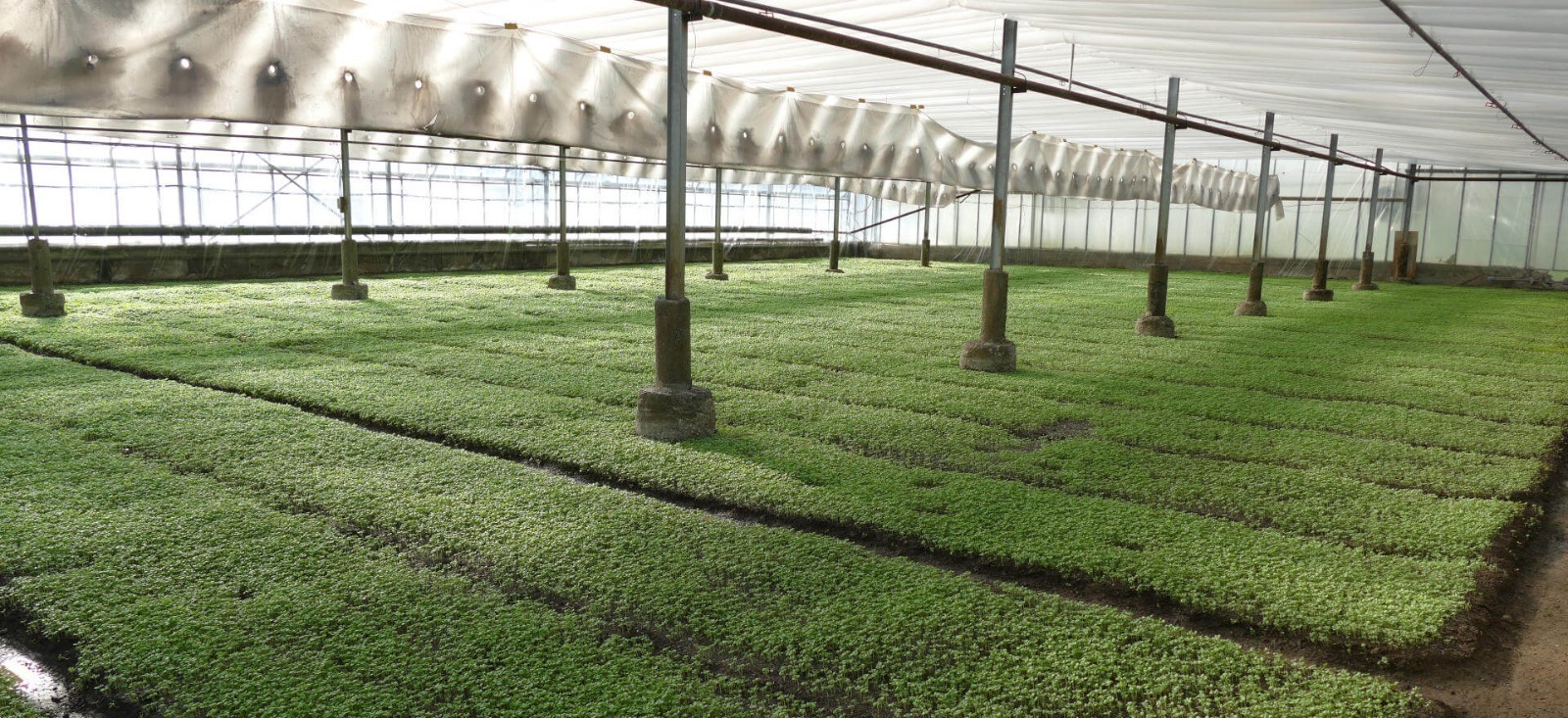
Agricultural production
Artichoke cultivation on our farm
November 24, 2025
Winter is artichoke season for us. With their strong flavor and vibrant color, they have always been a staple of Mediterranean cuisine. For years, a large part of our production has been dedicated to this precious plant. At our farm in Diano Marina, we grow the famous Albenga spiny artichoke, a rather delicious native variety.

In this article, we will look at the necessary steps involved in growing artichokes.
Artichoke production in Liguria
The artichoke is a typically Mediterranean plant, with the largest production in Italy being in Puglia, Sicily, and Sardinia. In Liguria, production is certainly lower, but it is still one of the flagships of local agriculture, along with the trombetta zucchini, the Cuore di bue tomato, and the violet asparagus.
In particular, in our region, the cultivation of this plant is concentrated in the Savona and Imperia areas, in the variety known as "Carciofo spinoso d'Albenga" (Albenga spiny artichoke).

The seasonality of artichokes and their link with Liguria
In Liguria, artichoke cultivation is much more than just an agricultural activity: it is a tradition that marks the rhythm of the seasons and accompanies life in the countryside. Production is concentrated between November and May, months when the fields are tinged with shades of green and purple and the Riviera di Ponente offers its most authentic face.
The mild climate, proximity to the sea, and sandy soils make this area particularly favorable for growing Albenga spiny artichokes, a variety that has represented the agricultural excellence of the area for centuries. Every stage, from planting to harvesting, requires patience, dedication, and a continuous relationship with the land, a bond that has never been broken in Liguria.
Walking through the fields during the harvest period, you can observe the daily work of local producers and breathe in the atmosphere of agriculture that still lives on a human scale. An experience that tells of the agricultural wealth of the Ligurian territory and its deep respect for nature.

The Albenga Spiny Artichoke: a unique Ligurian variety
The Albenga Spiny Artichoke is one of the most prized and recognizable varieties in Liguria. Grown mainly along the Albenga plain and in the municipalities of western Liguria, it stands out for its characteristic appearance: the flower heads are elongated, with green-purple outer bracts and yellow thorns at the ends.
This variety is perfectly suited to the mild climate and sandy-clay soil of the Ligurian coast, which enhances its sweetness and aromatic intensity. Unlike other types of artichoke, the spiny variety does not require special fertilization and grows well in sunny and breezy environments, typical of the Riviera di Ponente.
Its strong flavor, with slightly bitter and salty notes, makes it a staple of traditional Ligurian cuisine. It is eaten both raw—in pinzimonio or with local extra virgin olive oil—and cooked, for example stuffed, Ligurian style, or in savory pies.
Needless to say, it has many nutritional properties: it is a concentrate of vitamins and minerals, including calcium, potassium, and iron, to name but a few.
We also like to enjoy it cooked in our favorite recipes: risotto and frisceu. But above all, we like to watch their stems peeking out from our terraces at sunset. When even the hard work of growing our artichokes is sublimated by their scent.
The Albenga Spiny Artichoke is recognized as a typical product of the region and included in the list of Traditional Agri-Food Products (PAT) of Liguria. Harvesting takes place between November and May, a period when the fields are colored with shades of purple and green, offering a natural spectacle that bears witness to the long agricultural tradition of the area.

How our artichokes are grown
Unlike basil, which is grown in greenhouses, we grow our artichokes in open fields. We have about 1,650 plants spread over two different areas: the first adjacent to the farmhouse and the other 1.5 km away.
Although artichokes are perennial plants—meaning they can survive for several years in the same soil—our artichoke beds are renewed every year. This allows us to increase the productivity of the plants, each of which can produce up to seven artichokes. Each of these can weigh between 150 and 400 grams, while their height varies from 1.2 to 1.3 meters.
At the end of the stem is the typical flower head formed by leaves, or bracts, of an intense green and violet color. Finally, the yellowish thorns at their tips make these artichokes unmistakable.
When artichokes are grown
The artichoke plant adapts easily to mild climates and prefers flat and hilly terrain, such as ours. It can also withstand low temperatures, provided they do not fall below zero, otherwise their growth is drastically compromised.
We plant our artichokes in mid-August, in small spherical depressions in the ground, about 25 centimeters deep and about 50 centimeters apart. Once they have been planted, we proceed with the installation of a drip irrigation system, which will provide automatic water supply. This is especially important during the driest periods, when rainfall is not sufficient to satisfy our seedlings.

Harvesting
The first plants are harvested manually before Christmas, about 5 months after sowing, and harvesting continues until late spring.
A video about harvesting our artichokes
Freshly bathed in the morning dew, we cut them and place them in a container together with most of the stem and leaves. Before they arrive on your tables, however, fresh and tender as ever, we make sure to taste them. After all, this is one of the privileges of having a farm!

After harvesting, guided by the skilled hands of Dad Franco, Mom Nives takes care of cleaning and cooking. We have some guests and we want to make a good impression. But with our artichokes, there's no way to go wrong! We decide to enjoy them as an appetizer, raw with our own extra virgin olive oil, a little salt, pepper, and Grana Padano cheese to give them more flavor.
The artichokes are then placed in special crates for sale. Unlike our basil and Cuore di bue tomatoes, the main market for artichokes is local, as the quantities, although variable, are not sufficient to meet the needs of large-scale distribution. Part of the production is also sold directly at the farm, where guests can purchase freshly picked artichokes and other garden produce.
As for crop rotation, we follow the artichoke field with the cultivation of Trombetta zucchini. The organic residues produced by artichokes increase the fertility of the soil in which they have been planted over the years, proving particularly valuable for our zucchini.

Artichokes in Ligurian culinary tradition and local events
The Albenga spiny artichoke is not only an ingredient in Ligurian cuisine, but a true symbol of the Albenga plain. With family or friends, it is enjoyed raw in pinzimonio, simply with a drizzle of local extra virgin olive oil, or cooked in the traditional way: stuffed, sautéed, lightly fried, or as the star ingredient in savory pies that reflect ancient recipes from the Riviera di Ponente.
In this video, we see a simple way to prepare artichokes
In terms of events, the "Albenga in Tavola" festival offers a day entirely dedicated to the spiny artichoke, during which producers, chefs, and enthusiasts meet in the square for tastings, show cooking, and in-depth discussions about the product. It is a convivial moment that combines taste and local culture, highlighting the relationship between agriculture, cuisine, and hospitality in this part of Liguria.
A short and sustainable supply chain: from field to table
Growing artichokes directly on the land surrounding the farm allows us to follow every stage of the production process with care and respect for nature. Ours is a short, local supply chain that prioritizes quality over quantity and minimizes waste and transportation.
This sustainable approach applies not only to cultivation, but also to the company's philosophy: working according to the natural rhythms of the seasons, using local resources, and making the most of every product of the earth. Thus, artichokes harvested in the morning can arrive in local restaurant kitchens or be purchased directly by guests on the same day, guaranteeing freshness and authenticity.
Choosing to produce and sell locally means contributing to environmental protection, supporting the local economy, and rediscovering a more direct relationship between growers and consumers. It is a simple but concrete way to promote agriculture that looks to the future while remaining true to its roots.
Listen to all podcasts published on our official channels:






